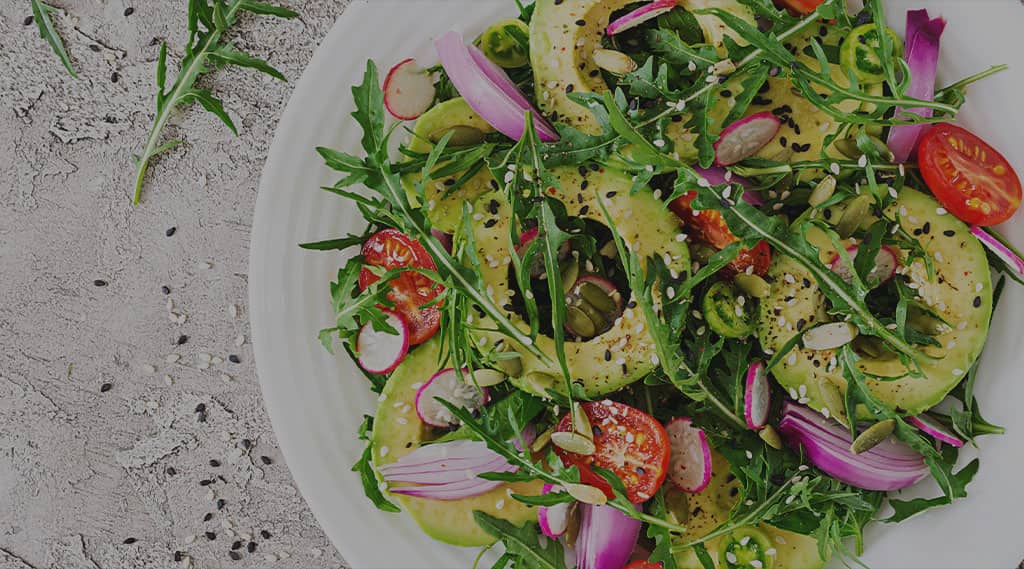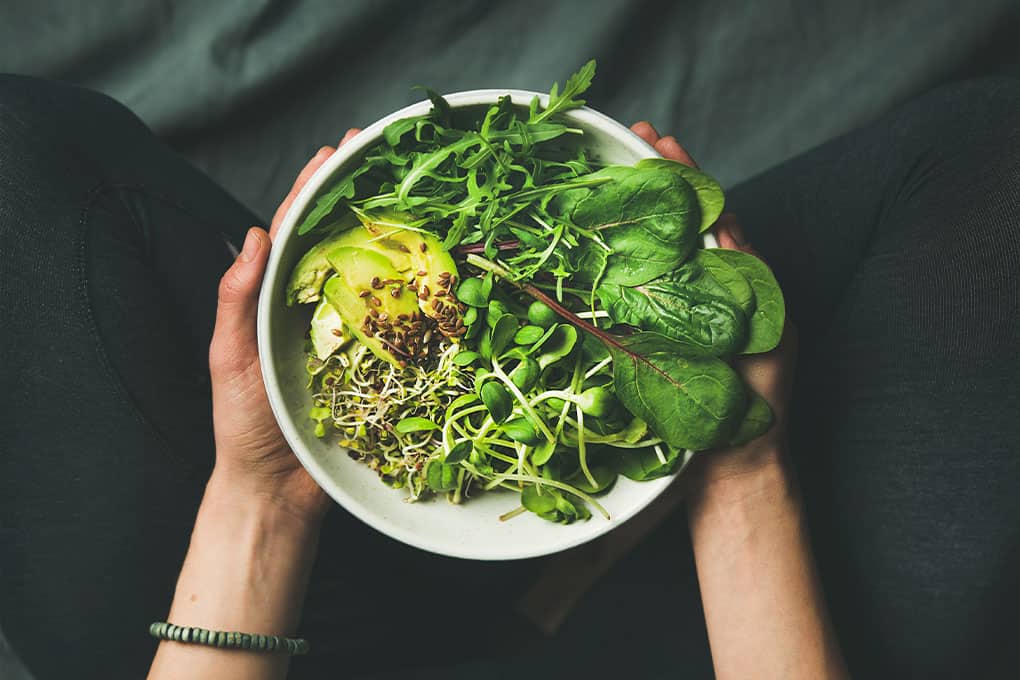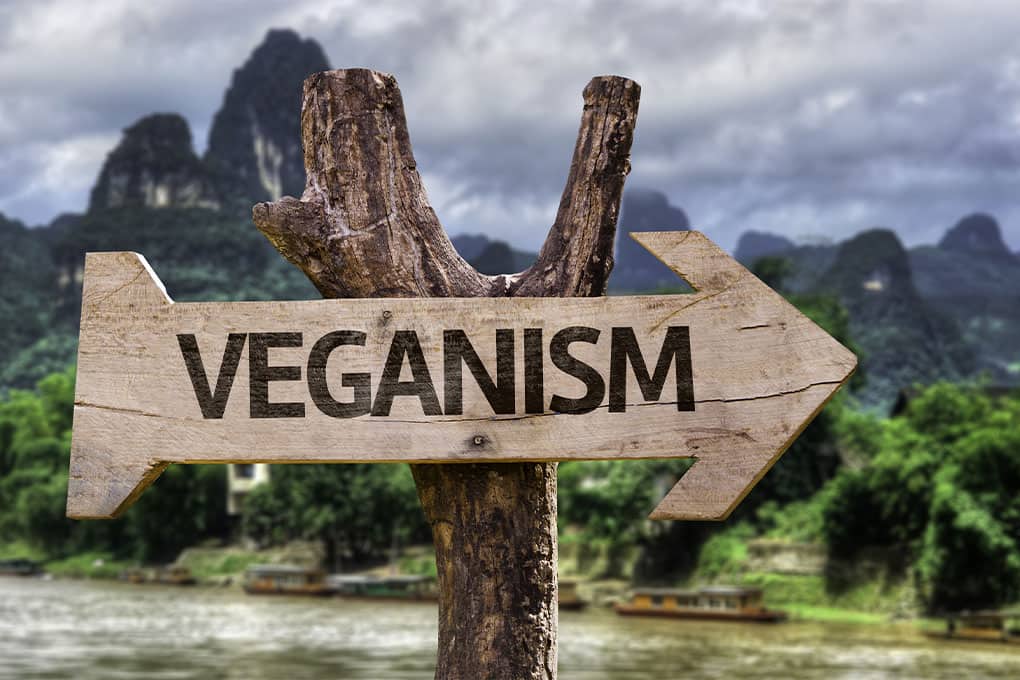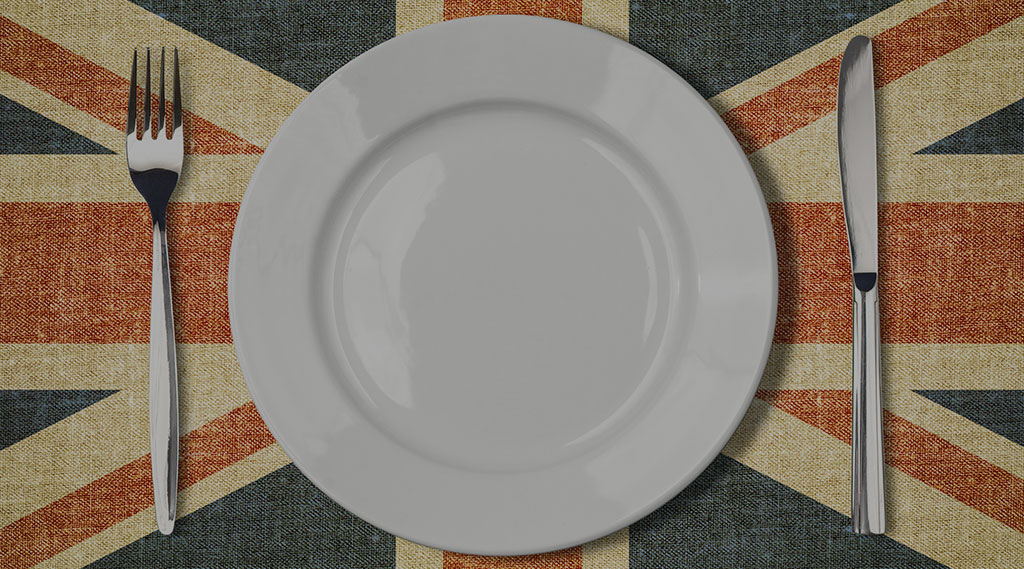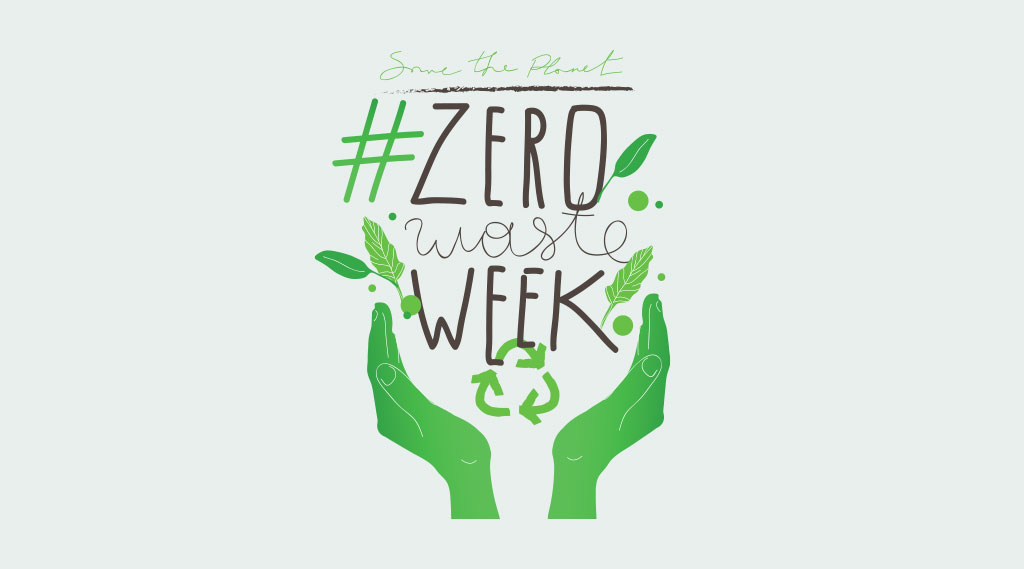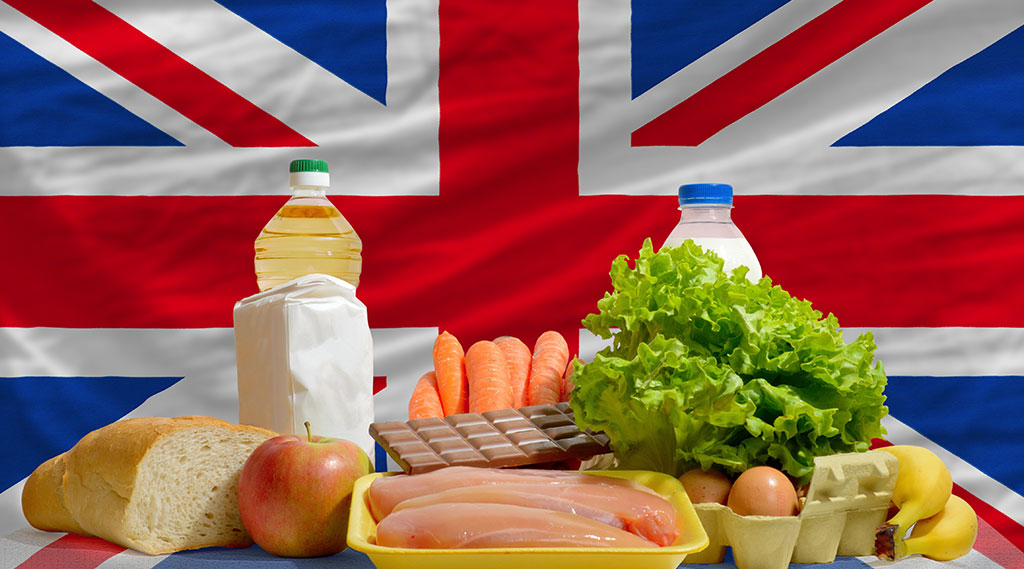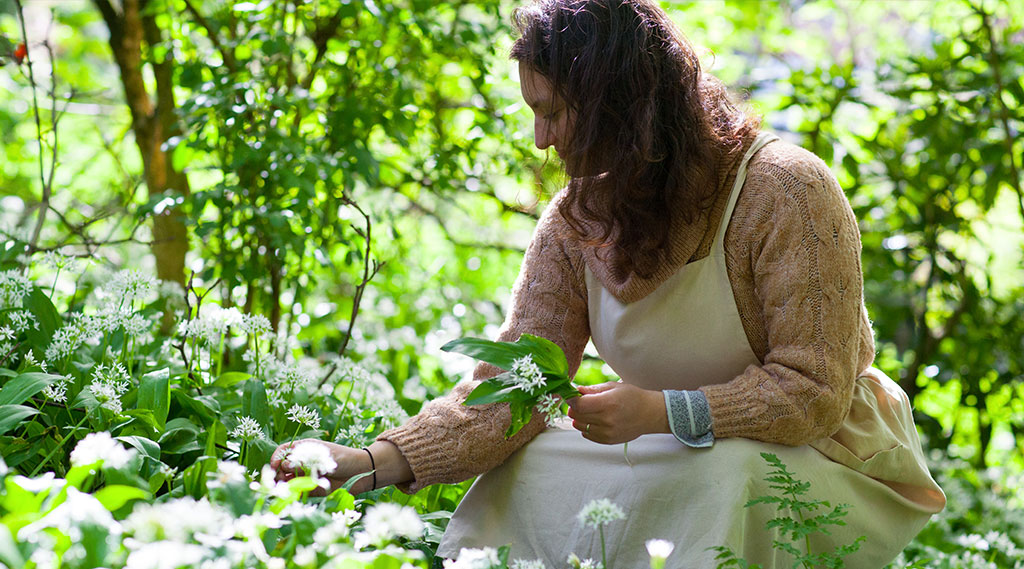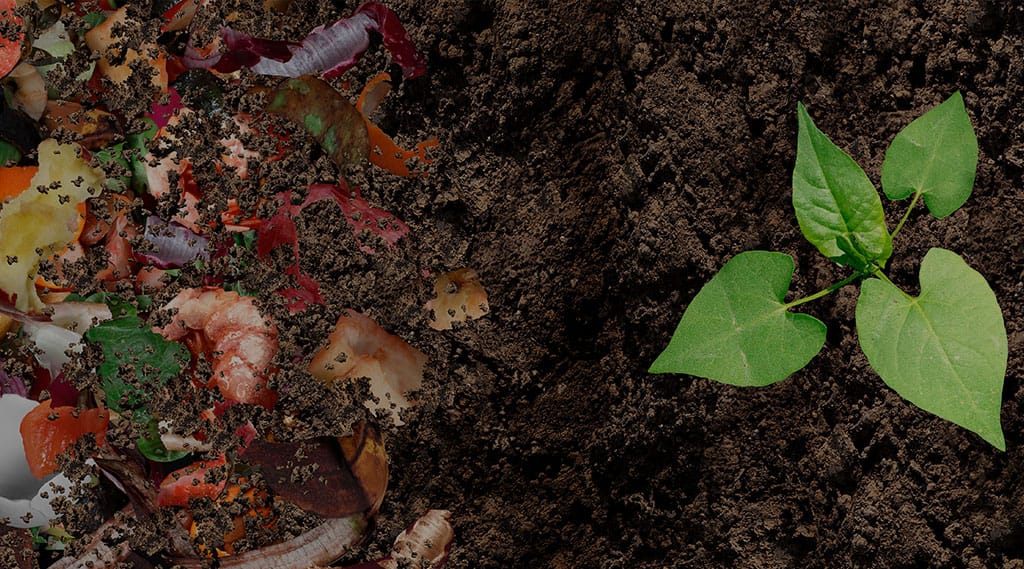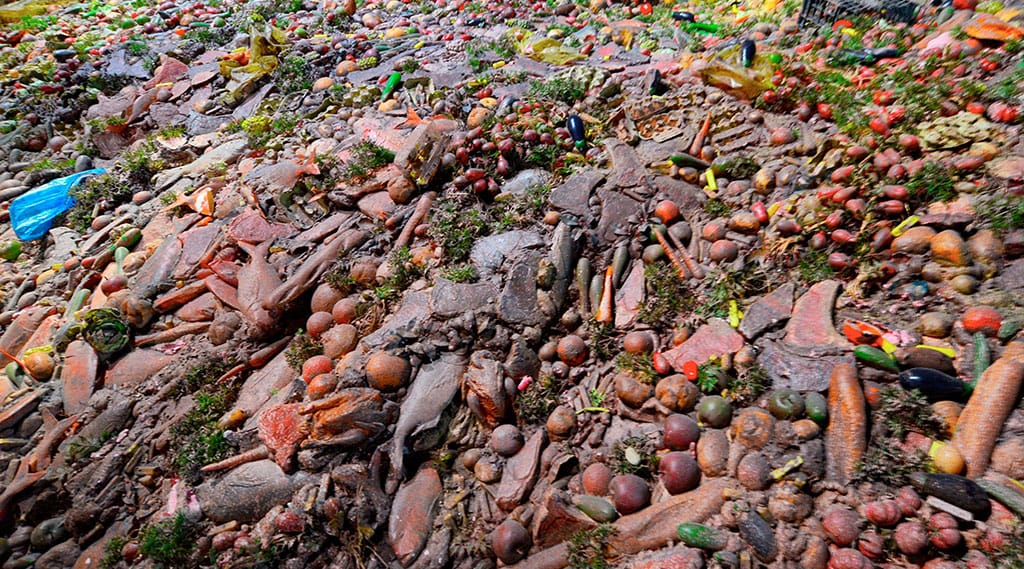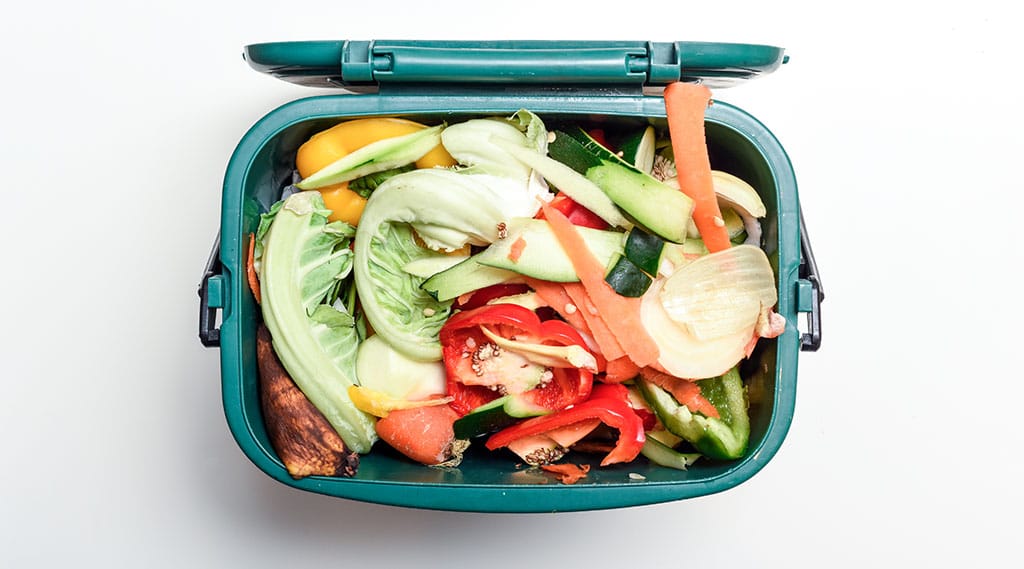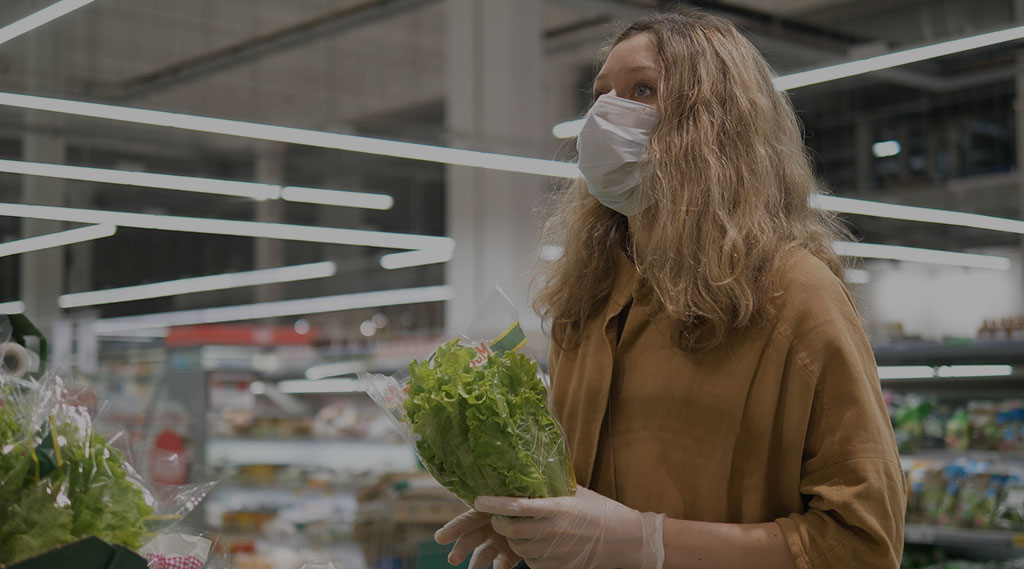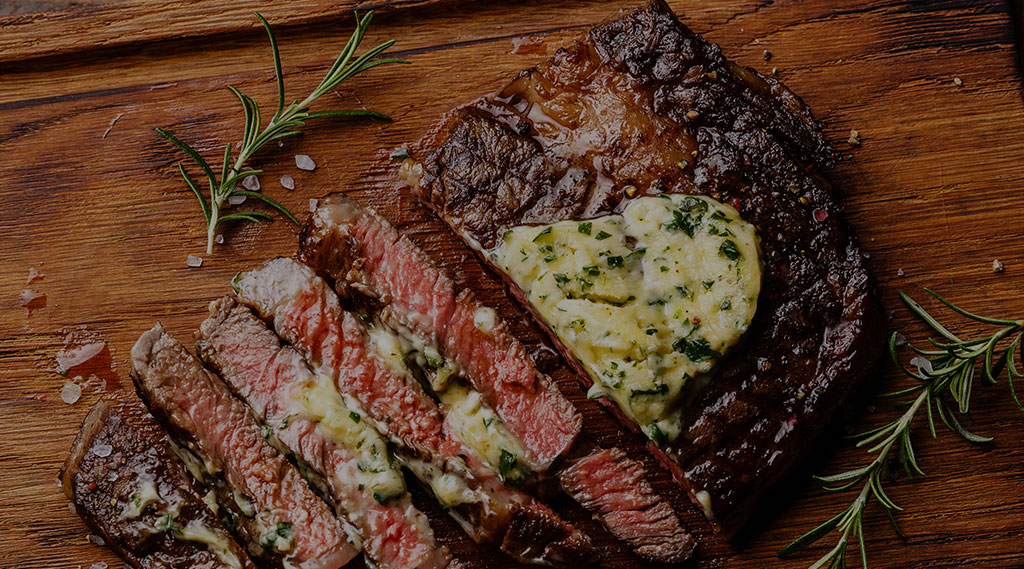As part of our commitment to ethical farming and trade, this month we’re looking at what we believe is one of the most important events in the food industry calendar, happening this year from 21st February – 6th March.
If you love fresh food as much as we do, and believe it should be sourced in a way that supports the planet, this post about Fairtrade Fortnight is for you!
How did the Fairtrade movement begin?
Founded in 1992, The Fairtrade Foundation (part of Fairtrade International) was jointly established by some of the world’s most well-known charities, including Christian Aid, Oxfam and the World Development Movement, to answer appeals from small-scale farmers in Mexico for fair trading treatment.
Growing from those humble beginnings, the Foundation launched its first certified products – Green & Black’s Maya Gold Chocolate, coffees from Cafédirect and Percol, and Clipper tea – in 1994. Then in 1995 it held the world’s first Fairtrade Fortnight.
So what exactly is Fairtrade Fortnight?
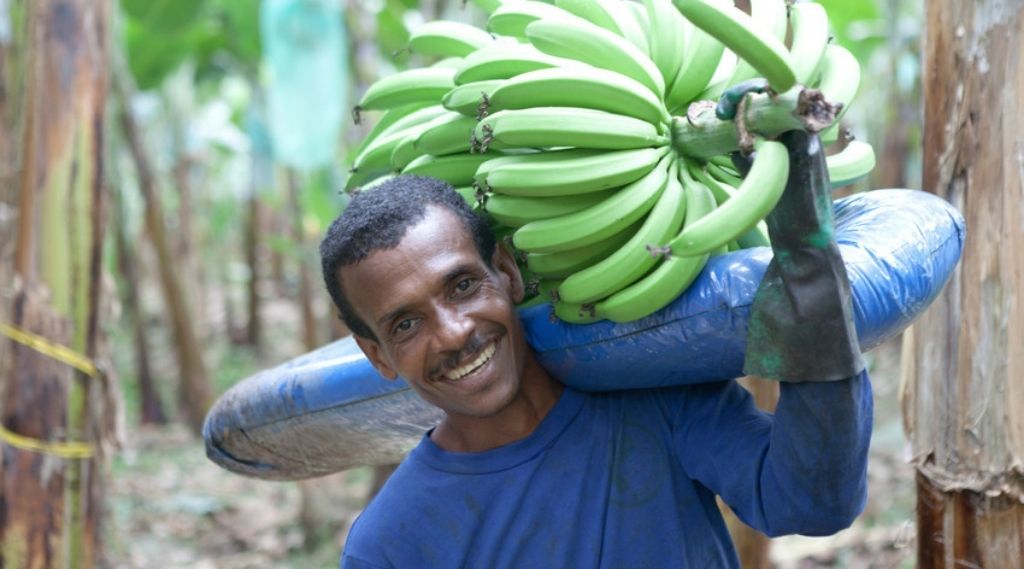
Image credit: Fairtrade Foundation
Fairtrade Fortnight is an annual campaign taking place during two weeks over February and March each year. Designed to raise awareness of trade justice, it brings together campaigners, businesses and farmers who share their stories of people who grow and source the things that go into our food and drinks, alongside other important, naturally-occurring trade resources like gold and cotton.
This year, due to the ongoing pandemic, Fairtrade Fortnight’s official celebrations are being held online. There will be expert panels on climate change, video bake-offs, coffee mornings and a host of other virtual events taking place. However, these can be supplemented by anyone wishing to host their own in-person or digital events to spread the word of this year’s central themes. (More on that directly below!).
What is the theme of Fairtrade Fortnight 2022?
Fairtrade Fortnight 2021 highlighted the plight of farmers and farm workers in some of the world’s least polluting countries, who are feeling the effects of climate change more than anyone – including people in the most pollution-creating ones. Since then, the United Nations’ COP26 climate change conference in Glasgow has taken place, where unfortunately the world’s wealthiest nations delayed a promised $100bn annual funding to the most climate vulnerable countries until 2023.
Ahead of COP27 in Egypt this November, Fairtrade Fortnight 2022 urges people to ‘Choose The World You Want’ and support the farmers on the front line of the climate crisis, in order to show world leaders that now is the time to act on climate change.
Why we care about Fairtrade Fortnight
Did you know that 80% of the world’s food, for nearly 8 billion people, comes from just 500 million family-owned farms around the globe? Many of those farms are in low-income countries, where rising global temperatures and the resultant weather conditions represent a clear threat to the very livelihoods of the people involved.
With a changing climate comes the need for new equipment and innovative measures in order to keep producing food. Yet many of those countries are simply not able to afford those measures. It’s a problem created by the world’s wealthiest countries, where the financial burden is felt in the poorest ones. Put simply, as the climate crisis continues, the world’s ability to grow fresh produce is being put under threat.
As a fresh herb and ingredients supplier, at R&G Fresh we feel passionately that climate change is a problem for the entire world to band together and overcome. Our suppliers operate in countries as far off as Kenya, Ethiopia and South Africa, and we work with them regularly to make sure their growing practices care for their lands, rather than damaging them.
We also outsource much of our production process to our growers, meaning the money we would otherwise spend on waste goes into paying them higher wages. These ethical practices not only keep our supply chain greener, they also mean more money stays in those climate-vulnerable countries, where it’s needed now more than ever.
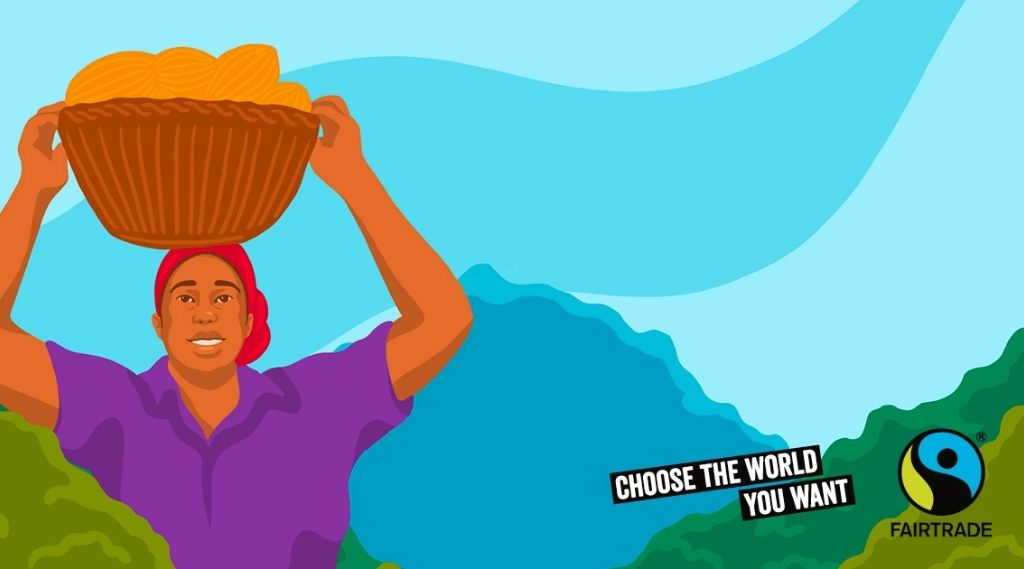
Image credit: Campaign Exchange
You don’t need to be fair trade certified to get involved with Fairtrade fortnight. In fact, you don’t even need to be involved with existing fair trade companies.
Ways to get involved with Fairtrade Fortnight 2022 include:
- Run your own online or public event. You can even get in touch with the Fairtrade Foundation to request a guest speaker appearing for a virtual talk!
- Reach out to local environmental or social justice groups near you and join together to share the message
- Order Fairtrade Fortnight 2022 resources from The Fairtrade Foundation. These include posters and an explainer leaflet
- Sign up to be a Fairtrade Fortnight VIP. Doing so will give you more Fairtrade Fortnight 2022 resources including campaign materials and a free quiz on Fairtrade and Climate Justice. You’ll also get first look at competitions and fresh Fairtrade products available to tie in with the Fortnight
- Browse the Foundation’s updated climate key messages and FAQs to make sure you’re as knowledgeable as can be going into Fairtrade Fortnight
- Plus use the online resources available in the Fairtrade Foundation resource library, including social media banners, press releases, pictures, videos, virtual Zoom backgrounds and more besides!
Additionally, if you’re particularly passionate about fair trade in all its forms, keep an eye out for World Fair Trade Day 2022 this May from the World Fair Trade Organisation (WFTO).
Proud to work with ethical produce
At R&G Fresh we’re immensely proud of the way we work, and the fact that every day we really do live our values around ethical practices, sustainability, and fairness for all.
For more on how we operate, see our How We Work and Our Produce pages, or learn even more at the links below.
Cover image credit: Fairtrade Foundation


